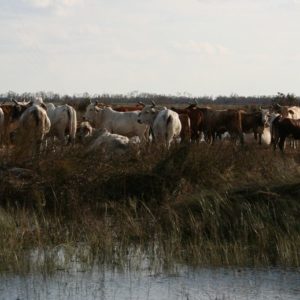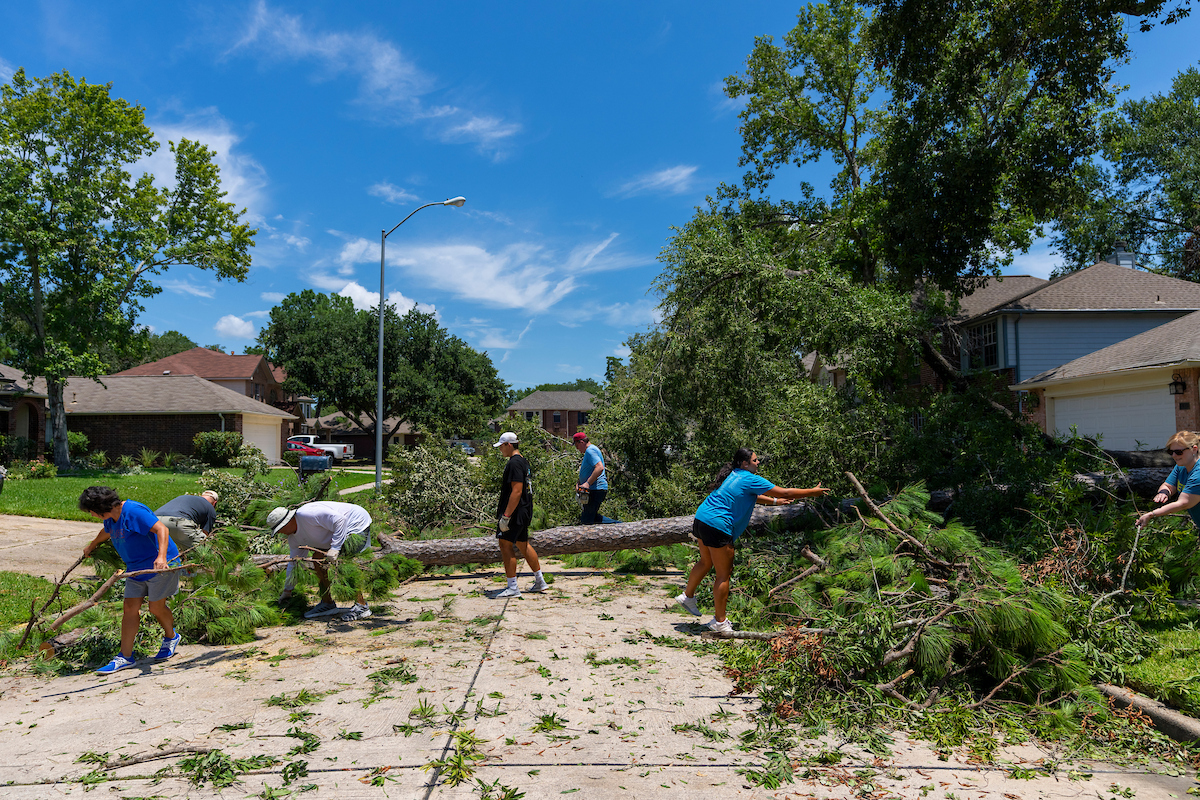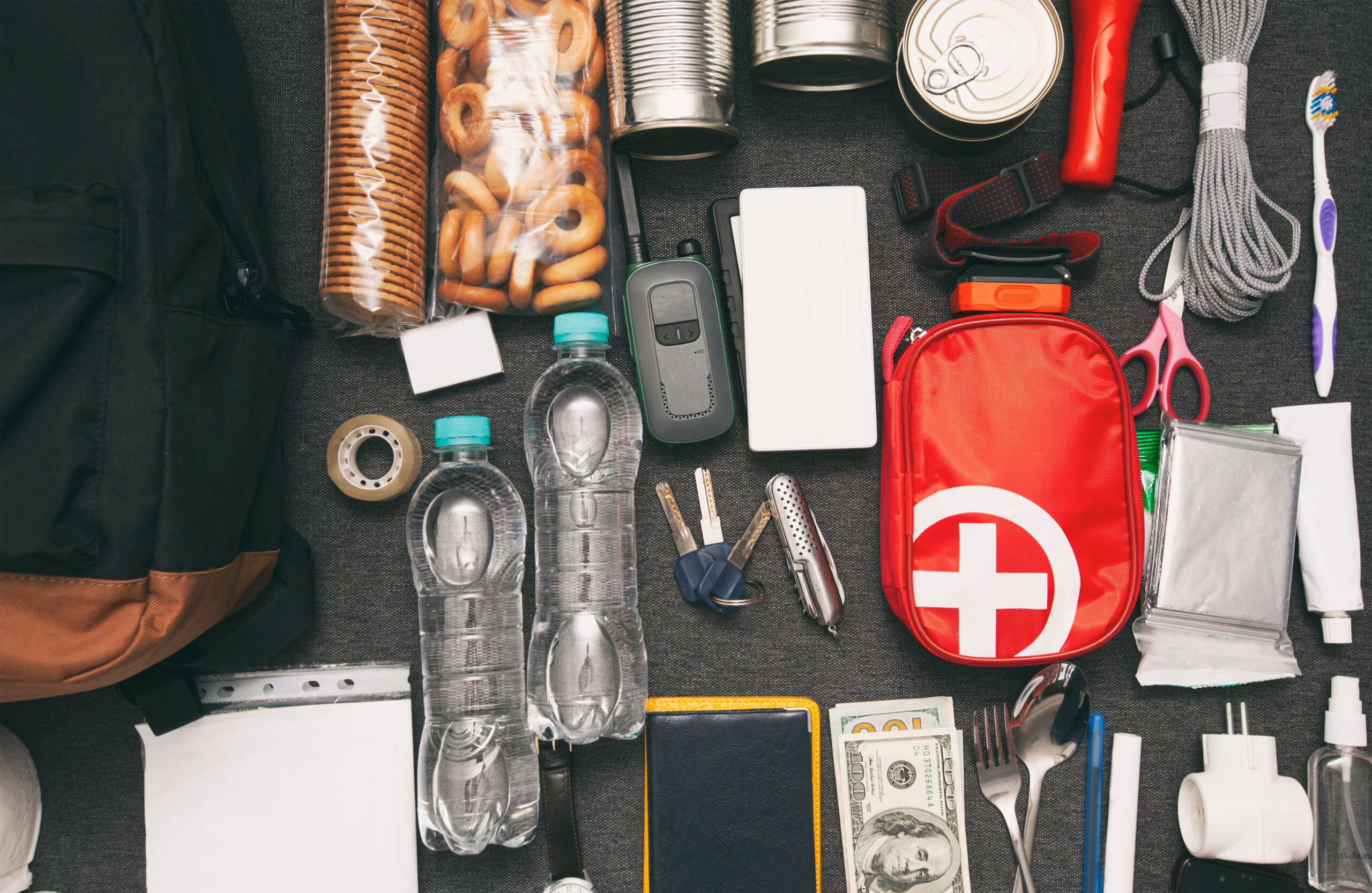AgriLife Extension: Texans should prepare for flooding, high winds
Writer: Paul Schattenberg, 210-859-5752, [email protected]
Contacts: Dr. Monty Dozier, 979-458-9271, [email protected]
Joyce Cavanagh, 979-845-3859, [email protected]
David Smith, 979-862-1989, [email protected]
COLLEGE STATION – With the probability of extensive rain and high winds, especially in coastal areas of the state as a result of tropical storms, Texas A&M AgriLife Extension Service experts are asking Texans to take measures to prepare their houses, farms and ranches for flooding.

“People in both urban and rural areas should take steps to prepare for what may come from these storm systems to minimize damage and reduce the impact of their aftermath,” said Dr. Monty Dozier, AgriLife Extension special assistant for Rebuild Texas.
Dozier said the Texas Extension Disaster Education Network, or Texas EDEN, https://texashelp.tamu.edu/, and the Texas A&M AgriLife Extension Bookstore, https://agrilifelearn.tamu.edu/s/, have a variety of information available on flood preparation and recovery.
“Coastal residents and those in adjacent inland communities should be attentive to radio, TV or NOAA Weather Radio broadcasts and follow directions from local officials regarding evacuation,” he said. “Be prepared to evacuate quickly and know your evacuation route and where there’s an emergency shelter. If you’re trapped by a flash flood, keep out of flooded areas and away from moving water. Always remember to turn around, don’t drown.”
Dozier said in the likely event of high winds, property owners should remove damaged or dead limbs from trees, secure trash cans and take any lawn furniture, plant containers, toys or other items that could become projectiles and put them inside the garage or house prior to the storm.
“We are also working with emergency personnel and elected officials to discuss possible activation of companion animal and livestock shelters in the event domesticated animals or livestock should become displaced as a result of extensive flooding,” he said.
Joyce Cavanagh, AgriLife Extension family and community health specialist, College Station, said those in areas with a high probability of flooding should prepare an emergency kit for the home, office and each vehicle in the event evacuation is necessary.
“The kit should contain enough supplies to take care of family members for at least three days,” she said. “Some essential contents include bottled water, non-perishable foods, a hand-operated can opener, mouth/nose protection masks, extra clothing, first-aid kit, gloves, blankets, toiletries, flashlight, weather radio, spare batteries, garbage bags, medications and anti-bacterial cleaners or wipes.”
AgriLife Extension specialist David Smith, a biological and agricultural engineer in College Station, also noted it is important for farmers and ranchers to prepare livestock for a flood.

“Farmers and ranchers should assess the risk of flooding in their area and devise an emergency plan to protect their livestock,” Smith said. “The plan should include contact information for people and resources you may need. This may include addresses and phone numbers for neighbors and veterinarians, your area poison control center, animal shelters and transportation, and feedstock providers. It should also include contingencies for food and water for livestock if resources become contaminated.”
Smith said all livestock should have visible identification numbers, such as fire or freeze brands and/or numbered ear tags, even if there’s no plan to remove them from the property.
“Floods often drive livestock to seek shelter and they wind up lost or in a neighbor’s pasture,” he said. “Before a flood, move livestock to higher ground and deny access to flood-prone pastures, barns and other structures. Many livestock drown because they refuse to leave flooded shelters.”
For more information on preparing livestock, go to http://bit.ly/2xsNrT7.
“While we can’t keep natural disasters from occurring, there’s still a lot we can do to prepare for them and keep ourselves, our families and our property safe when they occur — and in their aftermath,” Dozier said.





